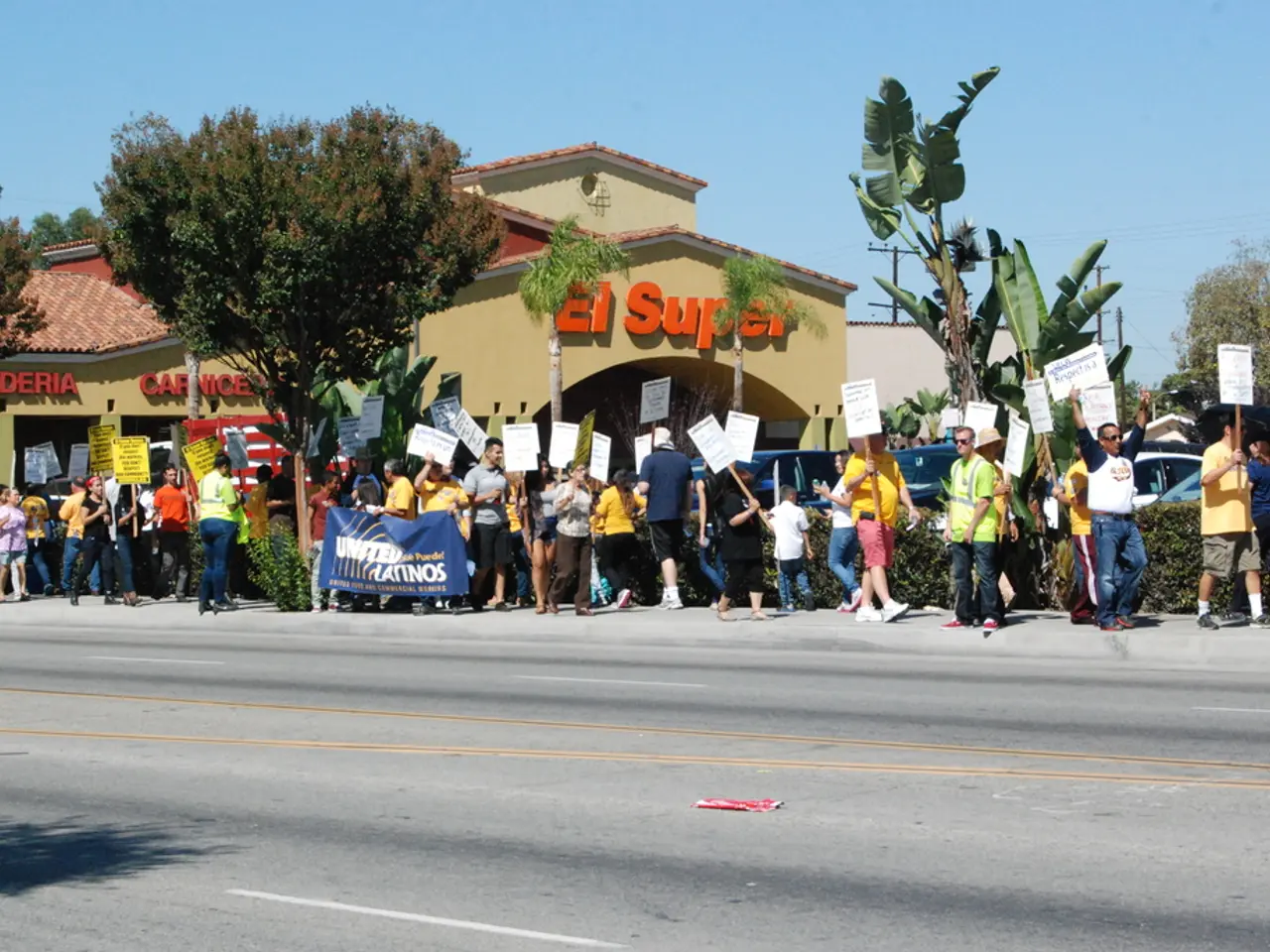Political Campaigns Embracing Brief Video Content for Political Advocacy
In today's digitally-driven political landscape, short-form videos have emerged as a potent tool for campaigns. These concise and engaging clips, perfect for social media platforms like Facebook, Twitter, TikTok, Instagram, and YouTube Shorts, are revolutionising the way candidates connect with voters.
The role of political short-form videos is likely to evolve in future campaigns, becoming more data-driven, personalised, and integrated with interactive elements such as polls and live engagement. Best practices for creating these videos include keeping them under 60 seconds, using captions, focusing on one message per video, and optimising for mobile viewing.
Consistent posting, ideally several times a week, keeps audiences engaged and maintains visibility in platform algorithms. Campaigns can take advantage of the growing trend of short-form videos on platforms like TikTok, Instagram, and YouTube Shorts to reach voters effectively.
Short-form videos are designed to target specific demographics and are often under two minutes. They touch on current events, voting, and government, making them ideal for communicating key policies, sharing behind-the-scenes moments, addressing trending issues, and responding quickly to news events.
Effective content for political short-form videos includes storytelling, quick policy explanations, voter testimonials, myth-busting clips, and inspirational messages. Humour can make political messages more approachable and shareable, while videos are often funny or sarcastic.
Campaigns can combat misinformation by creating fact-check clips, explaining policies clearly, and addressing false claims directly in a quick, digestible format. Short-form videos capture attention quickly, are easily shareable, and appeal to audiences with shorter attention spans, making them a great way to reach voters in the noisy and polarized political landscape.
To create effective political short-form videos, key best practices include a strong, attention-grabbing hook in the first 5 seconds, clearly stating the problem and your solution, and finishing with a compelling call to action (CTA) such as “Tap to vote early”. Adapt content to platform specifics, use trending hashtags, tag relevant figures, and engage with viewers after posting to increase algorithmic momentum.
Short-form videos help in voter engagement by encouraging interaction through likes, shares, comments, and challenges, helping campaigns build an active online community. They are quick and easy to produce, and can be used in crisis communication to quickly address controversies, clarify positions, and respond to breaking events in real time.
Overall, focus on storytelling that is concise, visually engaging, and connected to current conversations, with data-driven targeting and frequency capping to avoid audience fatigue. Leveraging these strategies will boost shareability, retention, and ultimately voter impact in the fast-paced digital environment.
For more information, feel free to get in touch by filling out the online form on our site or calling 91 9848321284.
Politicians are increasingly utilizing short-form videos on social media platforms like TikTok, Instagram, and YouTube Shorts as part of their campaign strategy, recognizing their potential for connecting with voters in today's digital politics landscape. These videos are designed to be under two minutes, focusing on current events, voting, and government, making them ideal for communicating key policies and responding quickly to news events.
Effective content for these videos includes delivering quick policy explanations, using storytelling, incorporating voter testimonials, and debunking myths in a digestible format. To maximize impact, campaigns should employ best practices such as a strong hook, clear problem statement and solution, a compelling call to action, and adaptation to platform specifics.
The rise of short-form videos offers opportunities for politicians to build an active online community through engagement on platforms like Facebook, Twitter, and TikTok. Leveraging these strategies can help boost shareability, retention, and ultimately have a significant impact on voters in the fast-paced digital environment.







